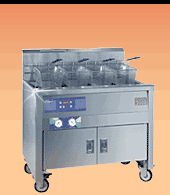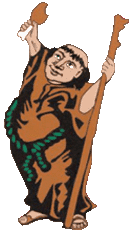 |
Material Safety Data 24
HOUR EMERGENCY MEDICAL TELEPHONE NUMBER Hazard
Rating: Hazardous
Ingredients/Identity Information
Physical
Characteristics Vapor Pressure (mmHG): N/A Specific Gravity (H20=1): N/A Solubility/Water: Complete Vapor Density (AIR = 1): N/A Appearance and Odor: White Powder / Bland Evaporation Rate (Ether=1): About the same pH: 10 Fire
and Explosion Hazard Data Flash Point (TCC): None to boiling Special Fire Fighting Procedures: None known Flammable Limits: NF Unusual Fire & Explosion Hazards: None known Extinguishing
Media: Will not burn or support combustion Incompatibility (Materials to Avoid): Strong Acid Hazardous Decomposition Products: None known Conditions to Avoid: Do not store above 54°C / 130°F Health
Hazard Signs and Symptoms of Exposure: Irritation or burning of skin, mucous membranes, eyes, or gastrointestinal tract. Medical Conditions Generally Aggravated by Exposure: Preexisting skin or eye disorders may be aggravated by exposure to this product. Emergency
and First Aid Procedures Eye Contact: Flush immediately with large amounts of water for 15 minutes. If irritation persists, seek medical attention. Skin: Remove contaminated clothing. Wash affected area with soap and water. Ingestion:
Do not induce vomiting. Drink large quantities Precautions
for Safe Handling and Use Waste Disposal Method: Small amounts of neutralized material may be flushed into appropriate sewer. Dispose in accordance with local, state, and federal regulations. Handling and Storing: Wash after handling. Do not get in eyes, or on skin or clothing. Other Precautions: Please read and follow the directions on the product label, they are your best guide to using this product in the most effective way, and give the necessary safety precautions to protect your health. Employee
Protection Ventilation: Local exhaust is adequate under normal conditions, mechanical ventilation is optional. Protective Gloves: If desired, but not required with normal use. Eye Protection: If desired, but not required with normal use. Other Protective Clothing or Equipment: Wear apron and impervious clothing to prevent skin contact. Work / Hygienic Practices: Ensure strict sanitary conditions are conformed to when working around chemicals. Protective clothing and equipment should be in accordance with 29CFR1910.132 and CFR1910.133 Other
Regulatory Controls Transportation
(D.O.T. Classification) KEEP OUT OF REACH OF CHILDREN |
||||||||||||||||||
 Fryer
Tuck Boil Out
Fryer
Tuck Boil Out